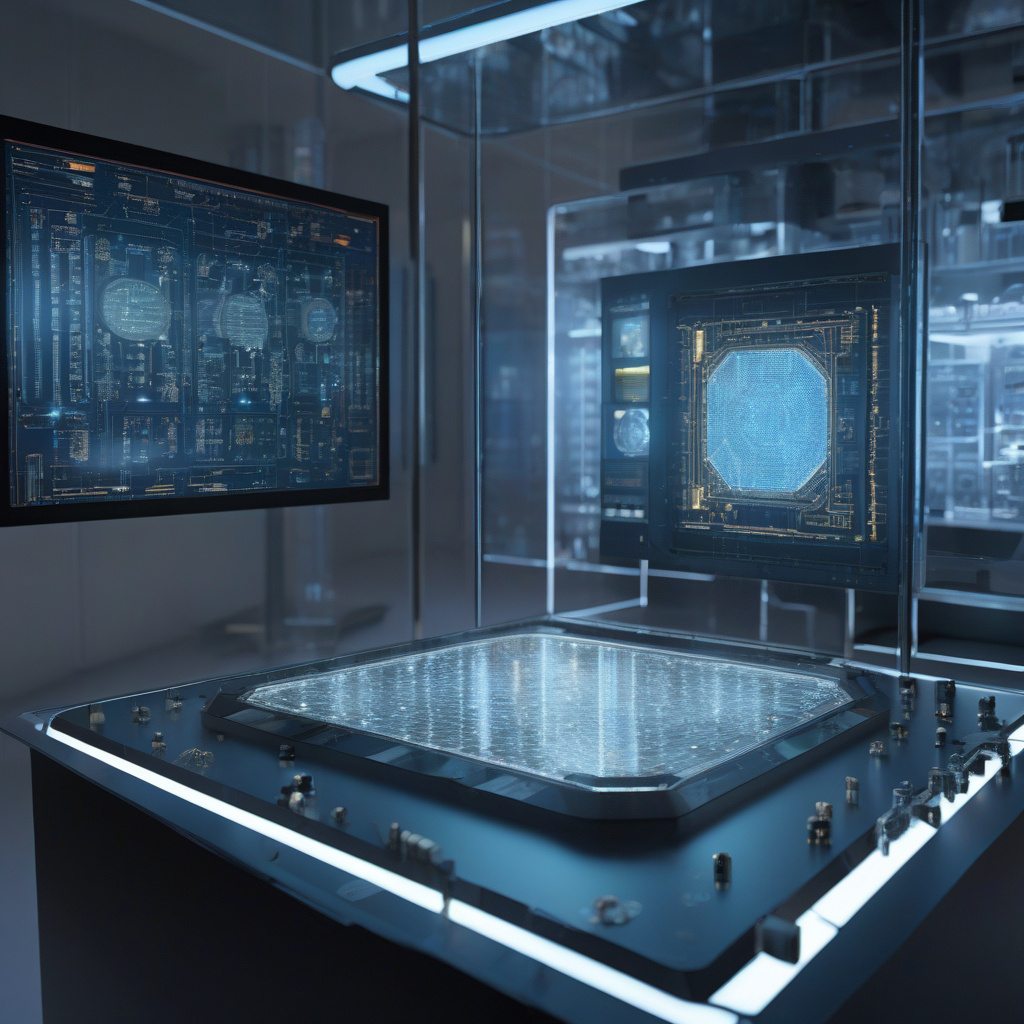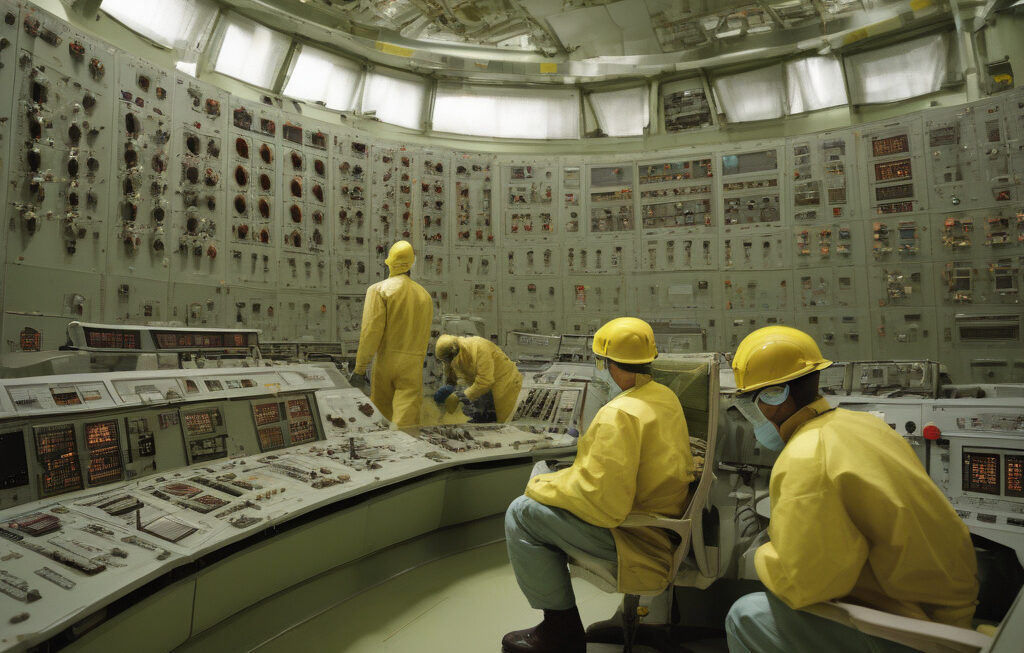Scientists Develop Matrix that Works Like Fingerprint Scanner to Detect Hidden Objects
Scientists in Austria and France have developed a new imaging method that can reveal objects concealed within closed envelopes or other containers, taking inspiration from how a fingerprint scanner works. This groundbreaking technology uses a sophisticated mathematical algorithm known as a matrix to create detailed images of the contents without the need to physically open or tamper with the sealed items.
The conventional methods of x-ray or ultrasound imaging are often limited in their ability to penetrate and uncover the contents of closed packages or envelopes. However, this innovative matrix-based imaging technique has the potential to revolutionize various fields, including security, law enforcement, and even archaeology.
Imagine a scenario where security personnel need to inspect the contents of a suspicious package without risking potential harm from hidden threats. With this new matrix-based imaging technology, they can now safely and efficiently scan the package to reveal its contents in high detail, enabling them to make informed decisions and take appropriate actions.
Moreover, in the field of archaeology, this technology could prove to be invaluable in non-invasively examining ancient artifacts or documents that are too delicate to be opened or handled. By simply scanning the items with the matrix-based system, researchers can uncover hidden details and gain insights into historical mysteries without causing any damage.
The matrix-based imaging method works by analyzing the way that different materials interact with specific frequencies of electromagnetic waves. This allows researchers to distinguish between various substances based on their unique electromagnetic signatures, similar to how a fingerprint scanner identifies individuals based on their distinct fingerprints.
One of the key advantages of this new technology is its ability to provide highly detailed images with impressive clarity and precision. By using advanced mathematical algorithms and computational models, the matrix-based imaging system can reconstruct three-dimensional representations of the scanned objects, revealing even the smallest details that may be hidden from view.
In addition to its applications in security and archaeology, this matrix-based imaging method could also have significant implications for medical diagnostics and industrial quality control. Imagine a future where doctors can non-invasively examine the internal structures of the human body with unprecedented accuracy, or where manufacturers can detect defects in products with enhanced efficiency and reliability.
As with any cutting-edge technology, there are still challenges to overcome and further research to be done to optimize the performance and capabilities of the matrix-based imaging system. However, the potential benefits and possibilities that this innovative technology offers are truly exciting and could pave the way for a new era of non-invasive imaging and inspection techniques.
In conclusion, the development of a matrix that works like a fingerprint scanner to detect hidden objects represents a significant milestone in the field of imaging technology. By harnessing the power of mathematics and electromagnetic waves, scientists have unlocked a new method for safely and accurately revealing the contents of sealed items, with far-reaching implications across various industries and disciplines.
#MatrixTechnology, #HiddenObjectDetection, #InnovativeImaging, #NonInvasiveInspection, #ScientificBreakthrough











